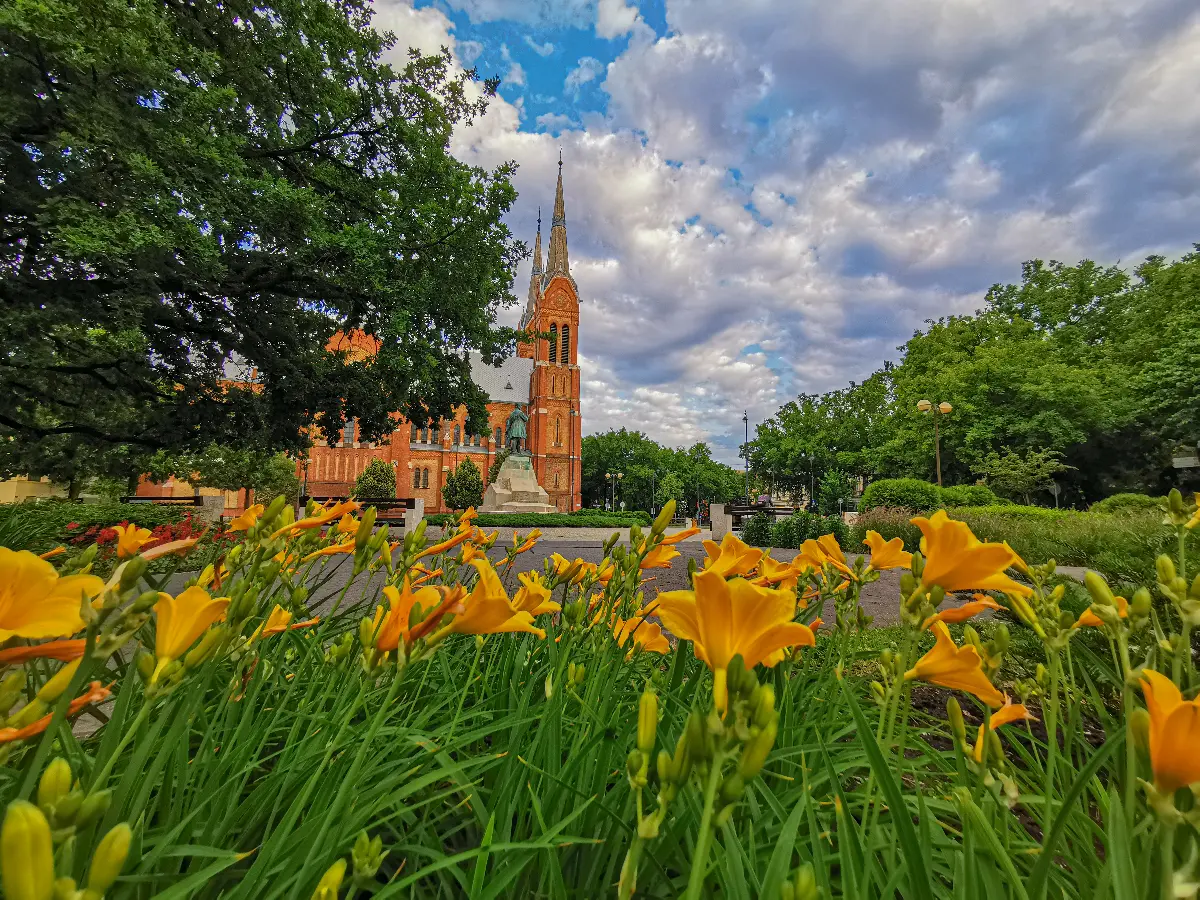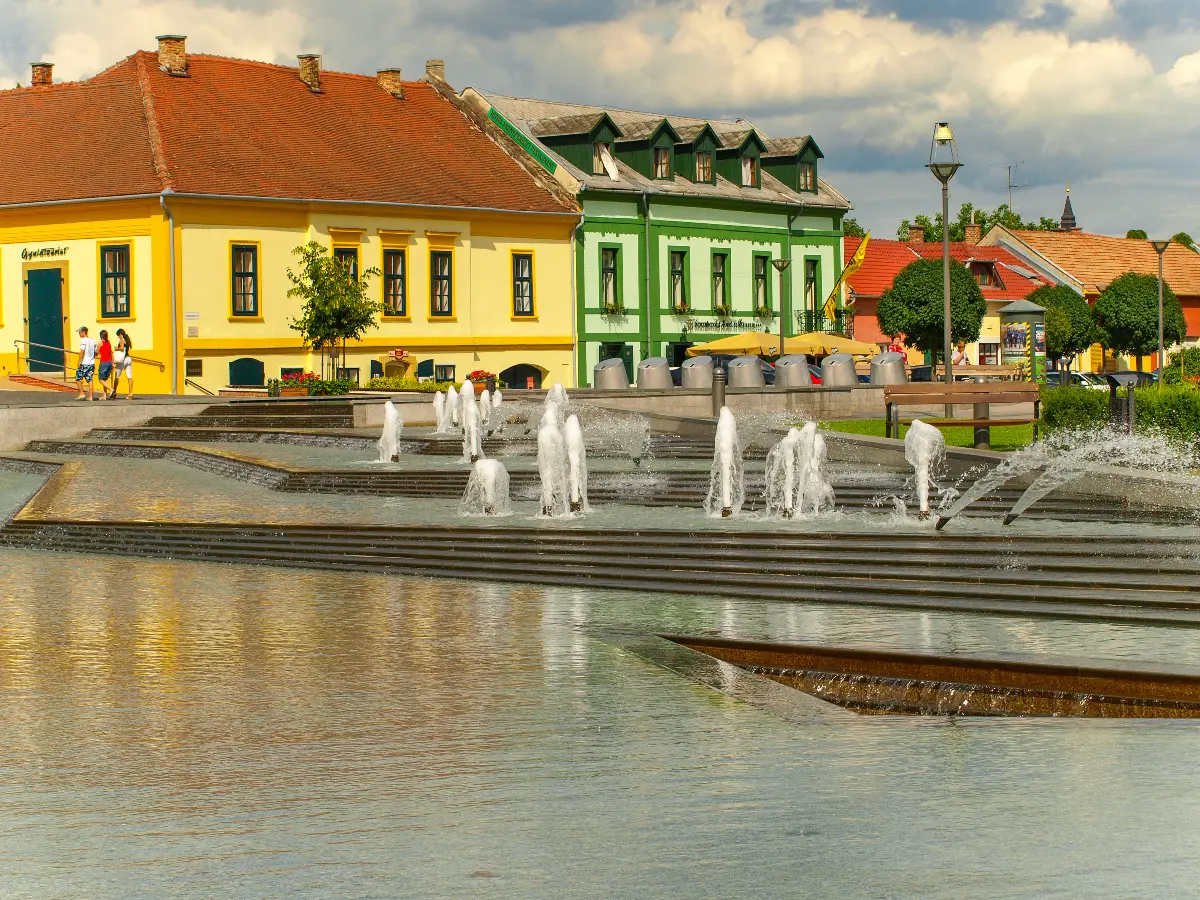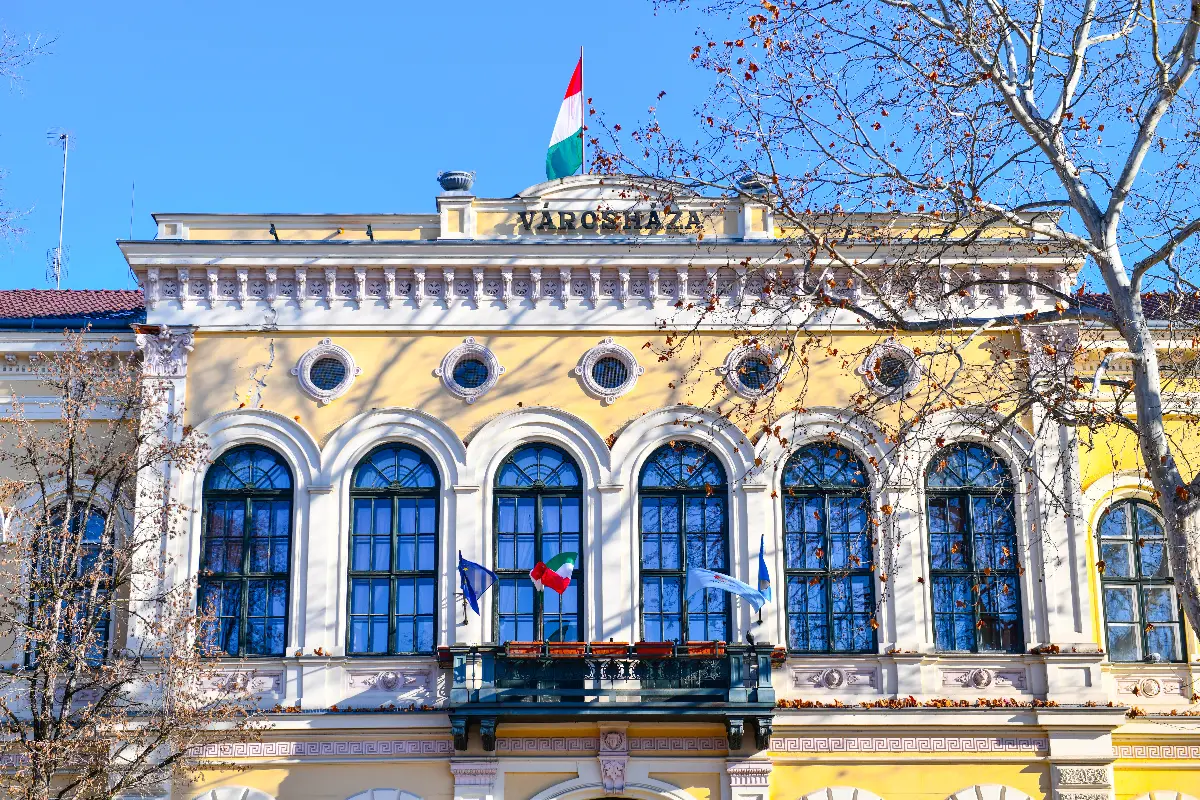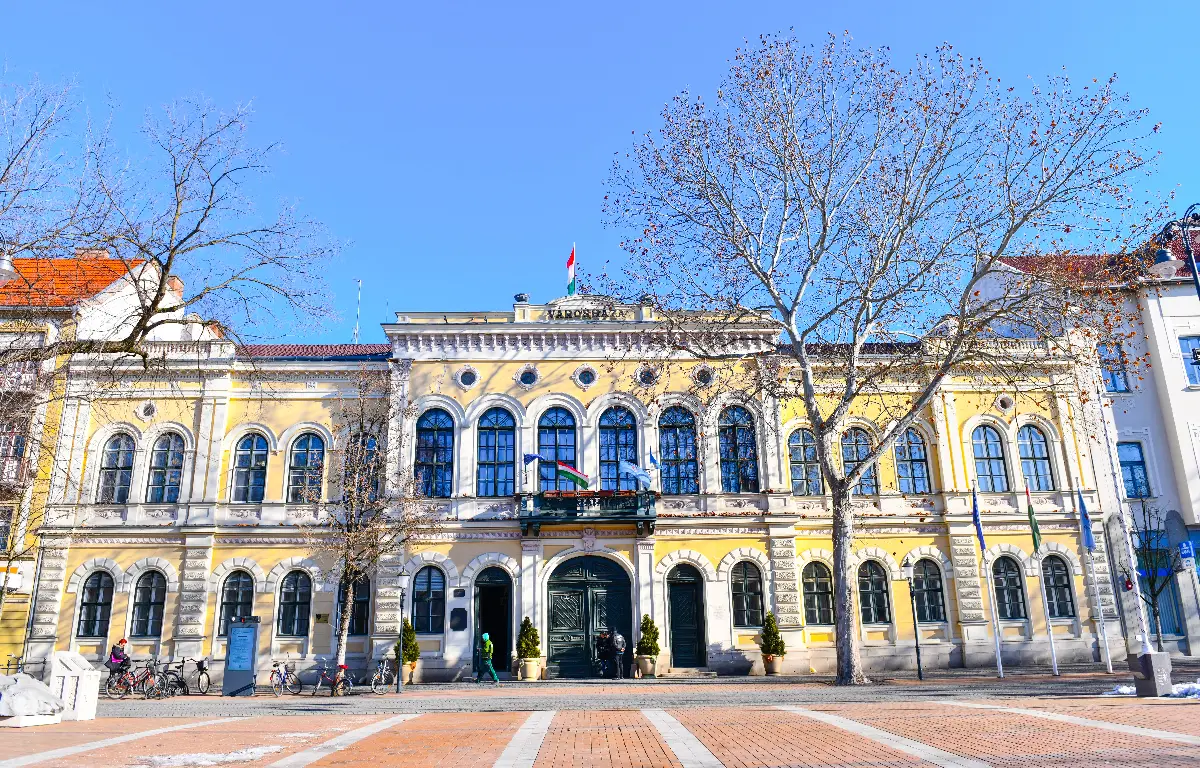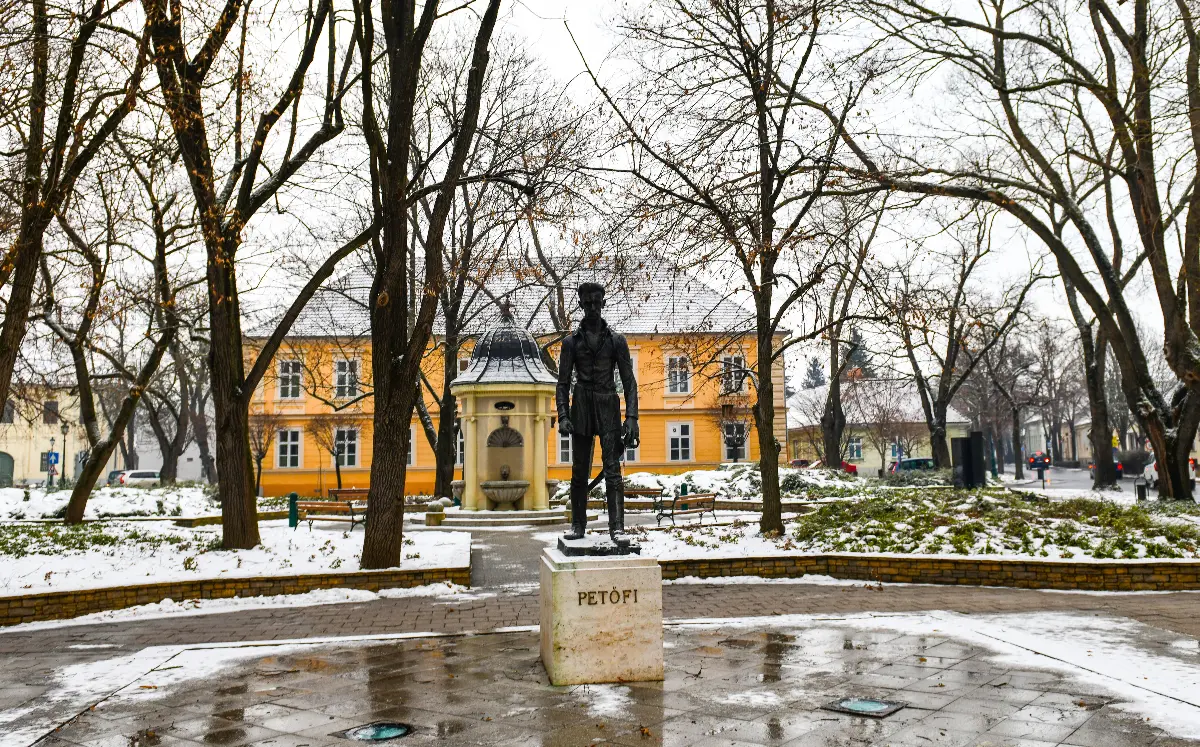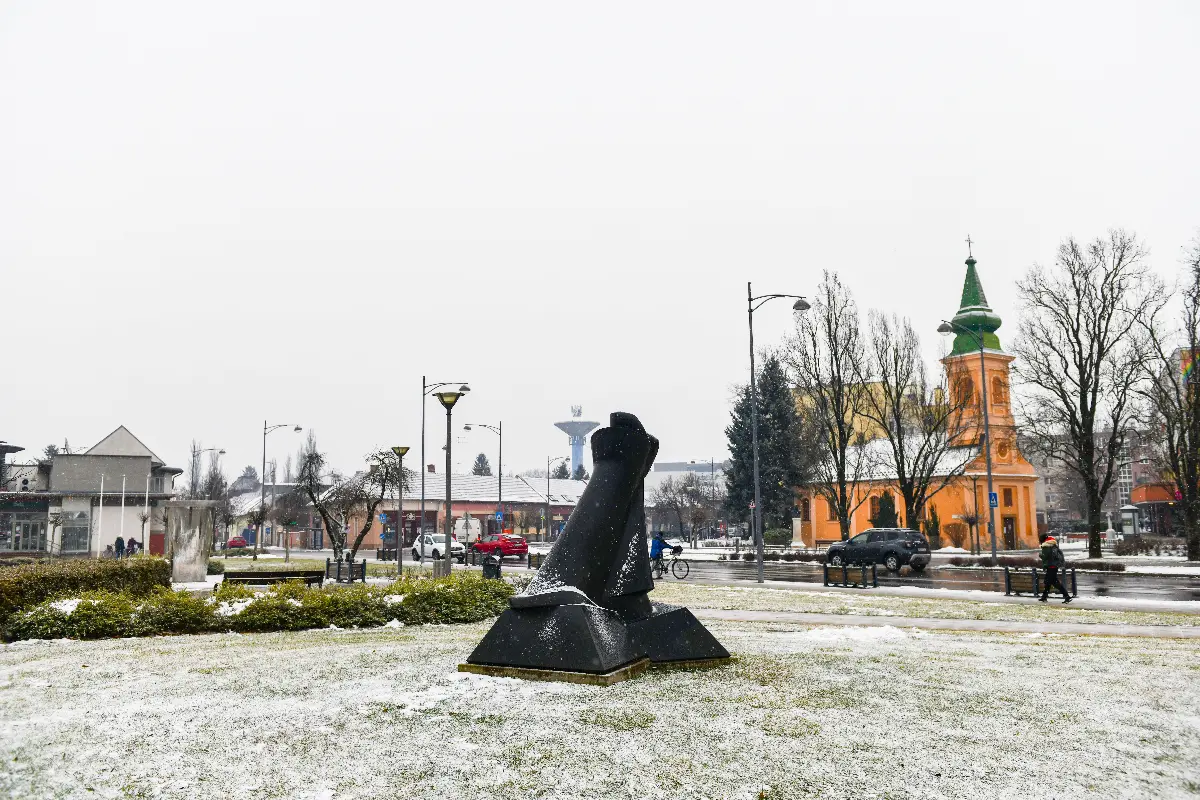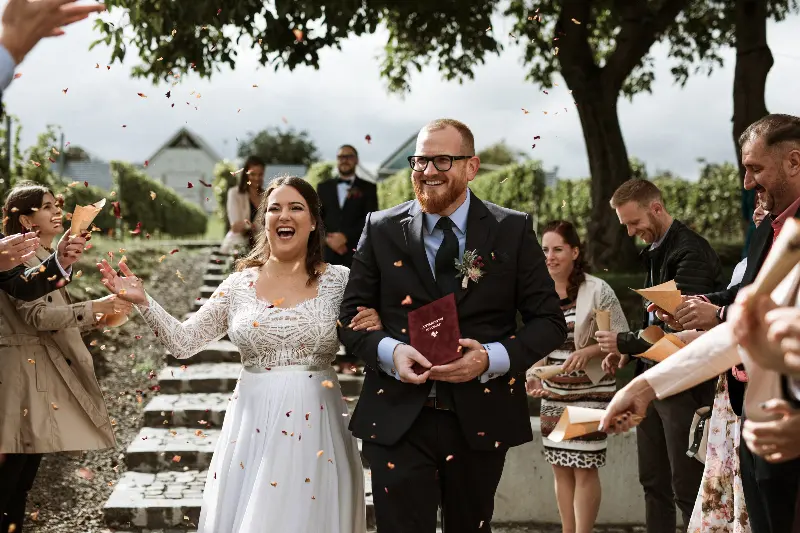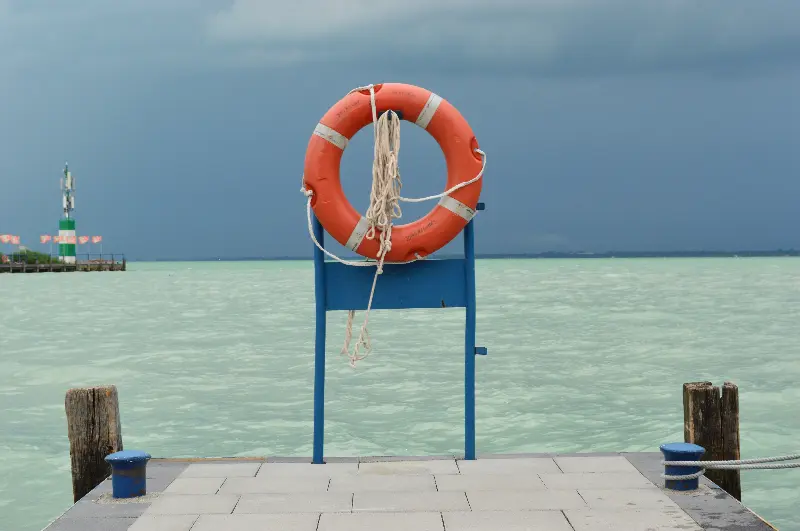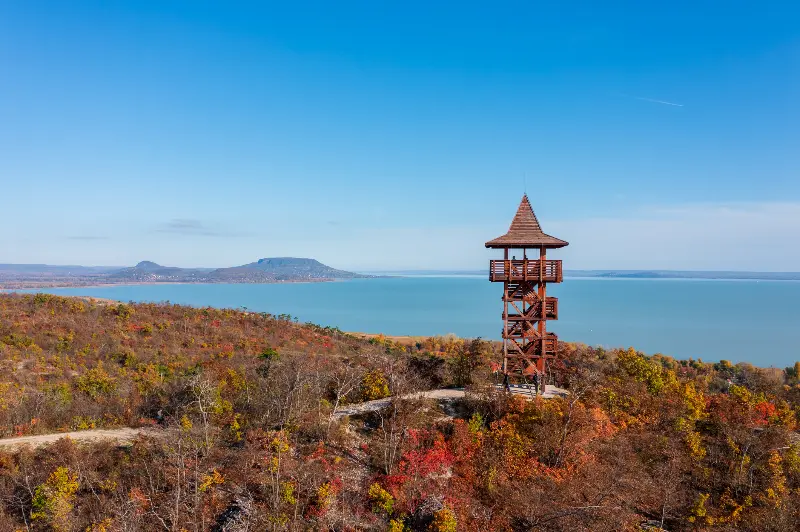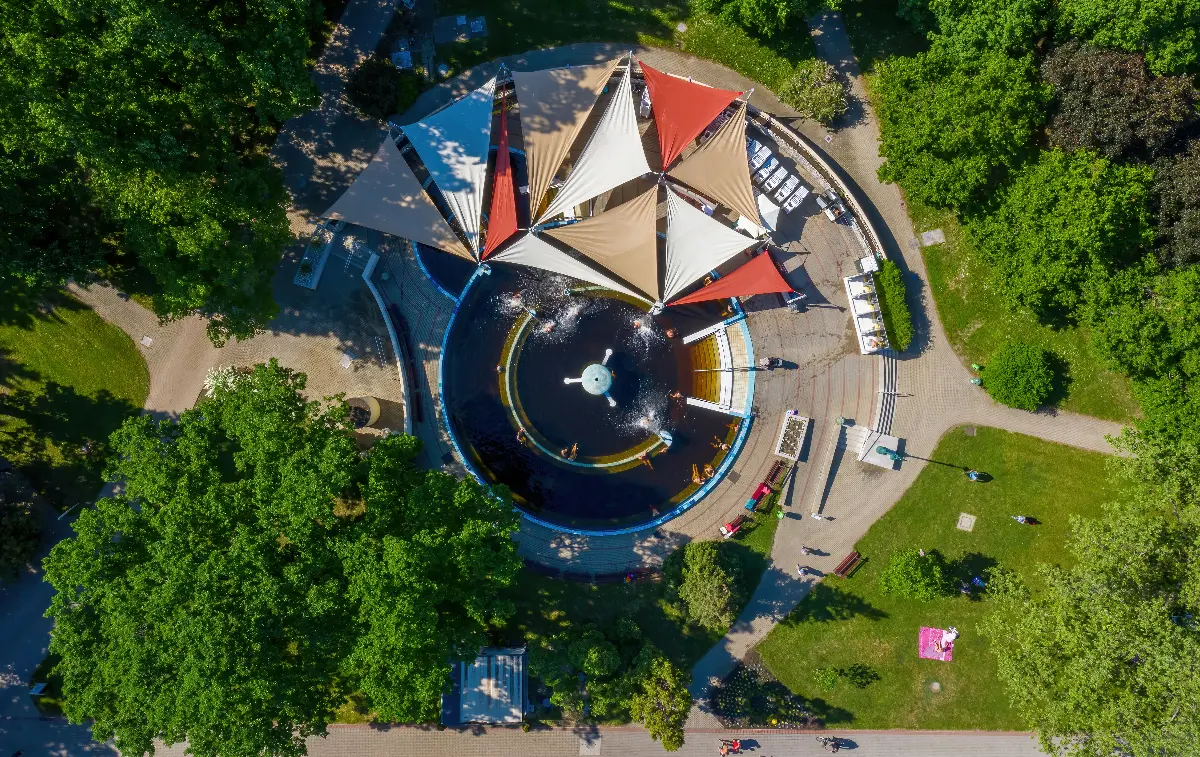
Helyszín címkék:
Secrets of the main squares – old stories from Békés County
Káldi Emese
In most of the towns in the Great Hungarian Plain, it is only worth making an appointment to meet in the main square if you are more specific, as main squares are characterised by their vastness, with streets and roads. Why? The reason is simple: this is where the markets were traditionally held, so the space was needed. On the Kossuth Square in Gyula, the sight is almost before your eyes: on the wide roads leading into the city, long lines of cattle are driven up from the surrounding villages and farms for the weekly market. Cattle, horses, pigs and poultry, and of course all sorts of other goods were exchanged here, and there was a lot of excitement.
After a while, markets were not organised anymore, but the roads were needed, so they remained, and the former main squares were transformed. They have been covered with statues, fountains and recreation parks. The main square in Gyula shows that the city is all about water. However, besides the spectacular central fountain and the smaller splashing fountains and pools, it is also worth a peek into the more secluded corners of the square. The “Szentháromság kápolna” (Trinity Chapel), for example, is modestly tucked away from the traffic on the Szent István Street. This tiny church was built in thanksgiving by survivors of the great plague of 1738, but it took about a century for it to take on its present appearance. At that time, houses were growing out of the ground along the commercial road to the centre of the town – which was the first paved road in the county. If you head towards the Kapus Bridge, you will find two charming houses at the end of the bridge that are over two hundred years old.
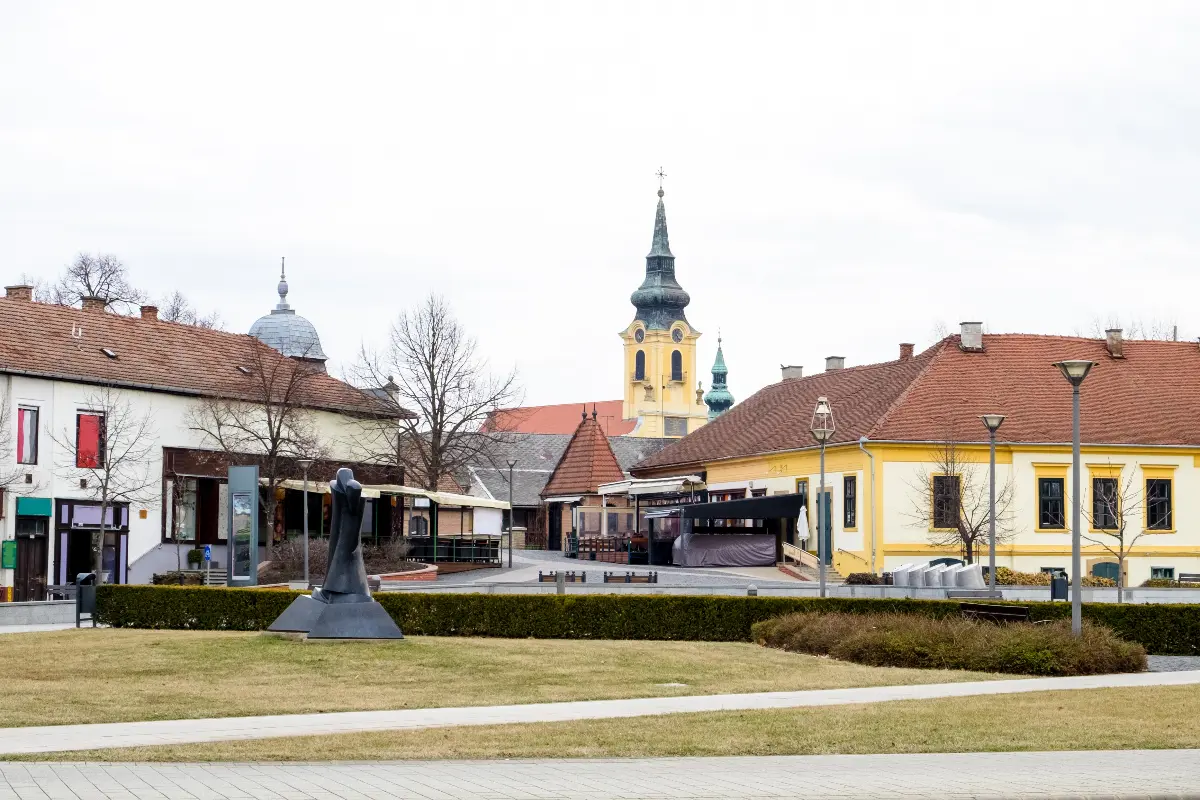
Gyula surprises travellers at every turn, so it is no surprise to learn that the city has a second main square, the Petőfi Square. The shady, tree-lined square is surrounded by beautiful and important buildings such as the Town Hall, the Centenary Confectionery, the Catholic and Reformed churches. This was the spiritual and cultural centre of the town, where the most important events took place: weddings, processions, celebrations.
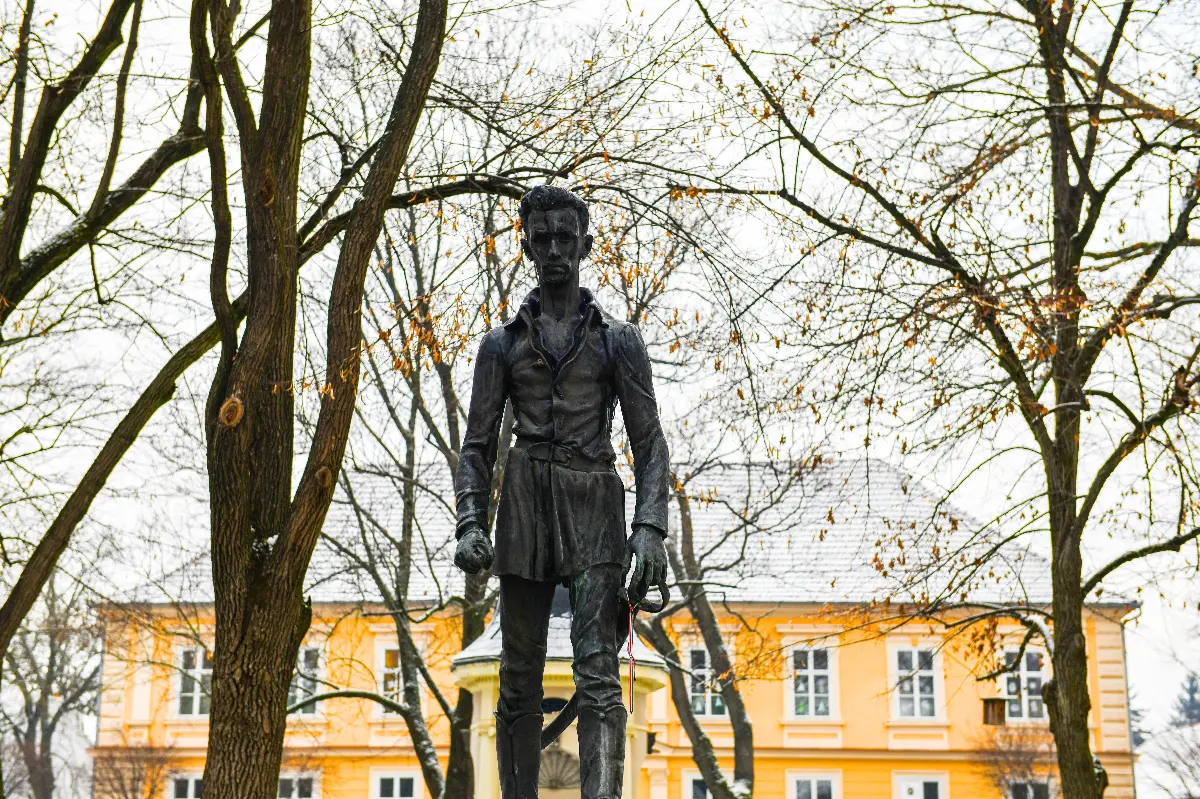
In Békéscsaba, the centre is named after King Saint Stephen, and in summer it has a real “piazza” atmosphere. The heart of the city beats here, with countless cafés and pubs, terraces where you can sit and watch the happenings and enjoy various events, such as the concerts of the “Főtéri Nyár” (Main Square Summer) series. Of course, as an experienced traveller, we already know that there was once a herd of livestock waiting for their turn, but during the decades of the 19th century, various commercial and catering establishments settled around the marketplace. Multi-storey palaces were built, such as the former Fiume Hotel, which stands on the corner of Andrássy Avenue and the square. It is said that even the town of Rijeka (Fiume) was informed of the naming by letter, and Miklós Ybl was involved in the design of the house. Until the 1870s, town assemblies were held here as the old town hall became too small. So, there was a reason to build the new town hall on the other side of the square, which still serves the businesses of Békéscsaba.
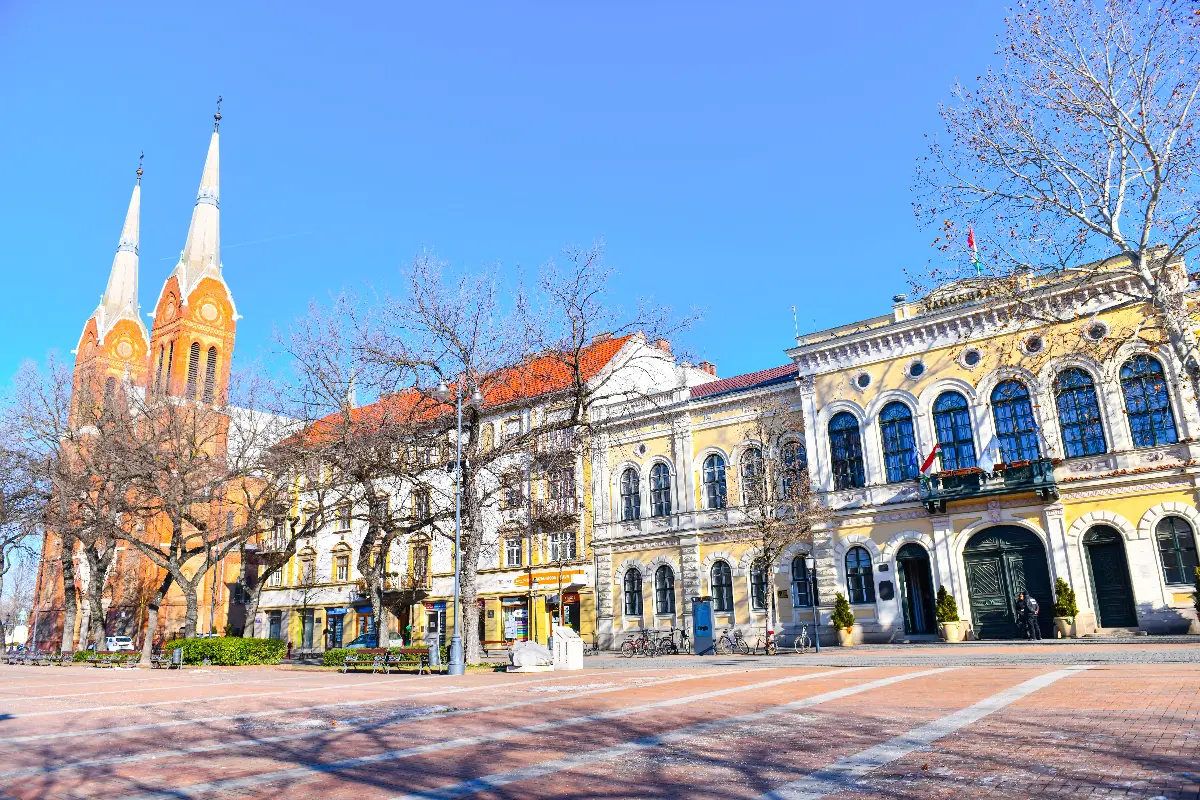
In Tótkomlós, near Orosháza, the main square is where all the important buildings are located. Just look for the beautiful baroque Lutheran church and you will find the centre where the town hall – now the mayor's office – and the grandiose and elegant former hotel once stood. The construction and history of the hostel in Komló in 1881 is proof of the lively life in the Slovak-Hungarian town at that time: it was a meeting place, with a café and restaurant, but also rooms for rent. Evenings of the nationally renowned harvest festivities were always held in the hotel. In 1933, even Archduke Joseph paid a visit to this special setting – it is reported that he enjoyed visiting the exhibition of homespun crafts and chatting with the town's magistrates and even the local women.
